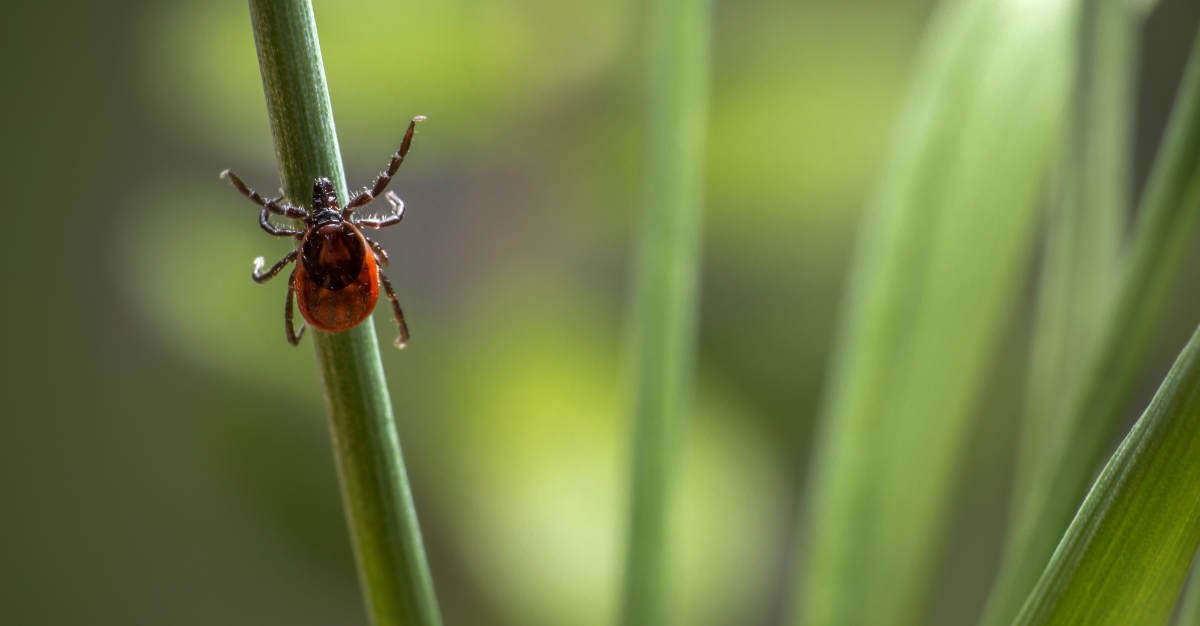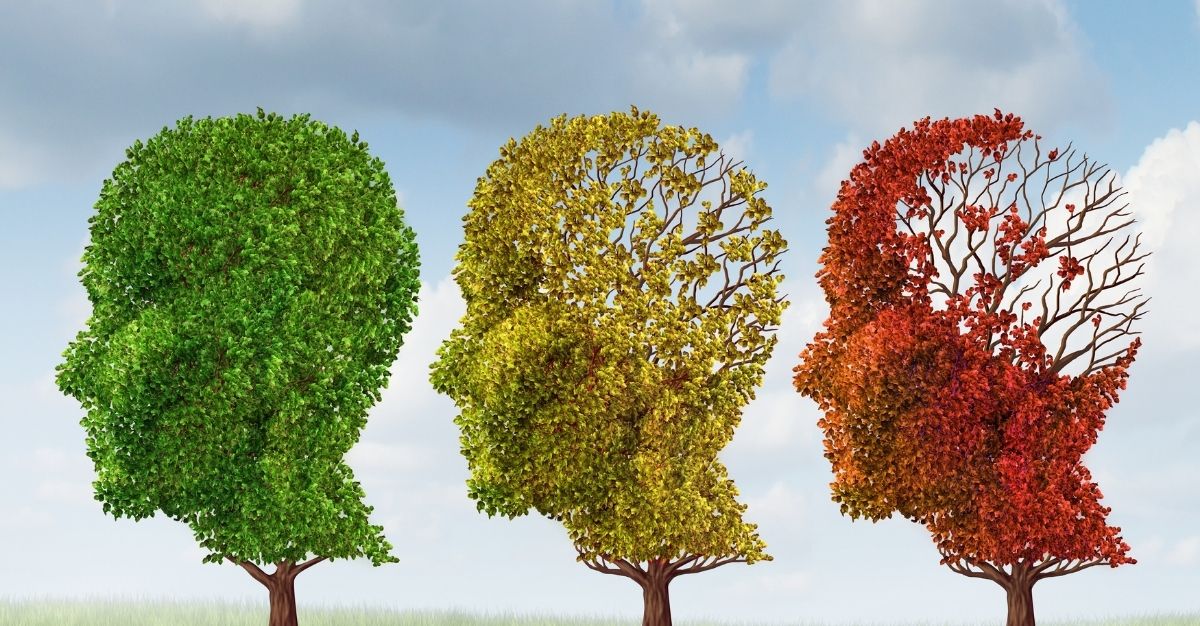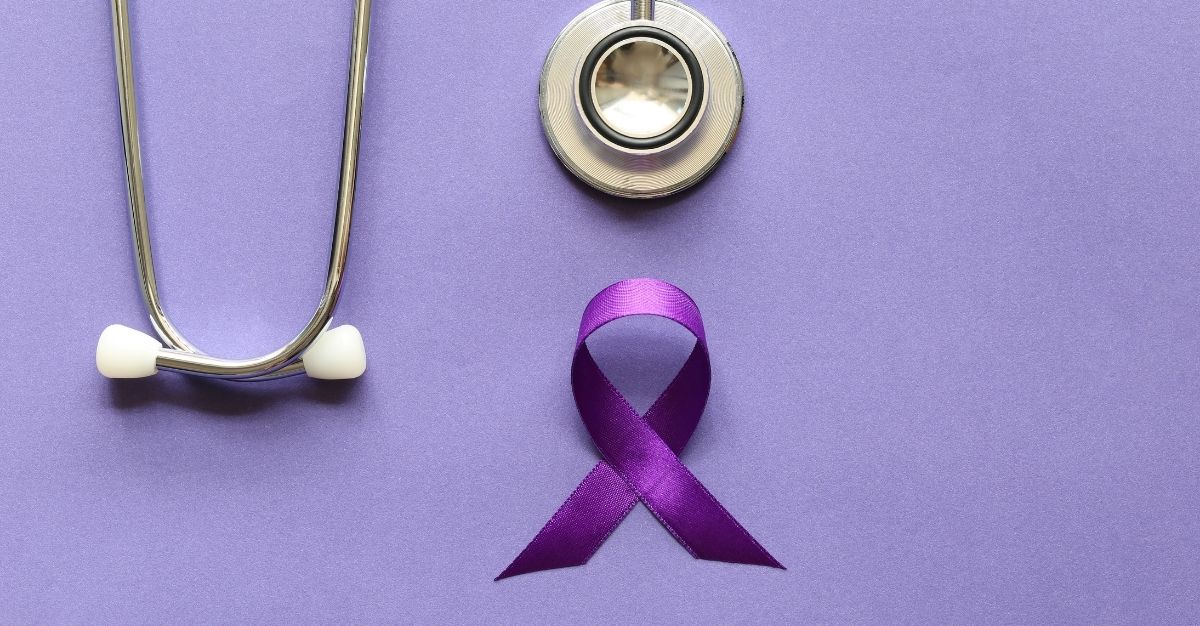
The choice to get breast implants is highly personal, and most women don’t make the decision lightly. Whether it’s cosmetic or reconstructive, implant surgery is a major procedure, with important health implications. Women who have implants, and women considering the surgery, should be aware of the possible side effects and arm themselves with science-backed information.
Researchers and practitioners are signaling a rise in what is now being referred to as Breast Implant Illness (BII)- a potential complication of silicone breast implants. Unfortunately, the symptoms are quite diverse, and most medical practitioners don’t always connect the dots to breast implants as a possible cause.
Signs and Symptoms of BII
The medical community does not yet fully understand BII, and it can be difficult to diagnose in traditional medical practices.
The hallmark signs include a cluster of symptoms such as joint pain, unexplained fatigue, and memory loss. These symptoms are similar to many autoimmune disorders, but not all women who show signs of BII are diagnosed with an autoimmune disorder. That’s one factor that makes BII difficult to confirm. Many autoimmune disorders are difficult enough to diagnose on their own, and BII symptoms don’t follow clear patterns. Women can experience a mix of symptoms that could be due to disorders such as scleroderma, rheumatoid arthritis, Sjögren’s syndrome, hypothyroidism, or lupus.
More symptoms of BII can include:
- Muscle pain
- Headaches
- Hair loss
- Sleep problems
- Vertigo
- Dry skin
- Anxiety
- Depression
- Cognitive impairment (“fuzzy thinking”)
- Dry eyes
These symptoms can be linked to many health problems, and even simply everyday stress. As a result, healthcare practitioners may not make the link between implants and a patient’s concerns, and instead treat each symptom separately.
What causes BII?
More research needs to be done on the link between autoimmune disorders and silicone breast implants, but current findings suggest silicone leaks from the implants to trigger an inflammatory response in the body.
Silicone implants are most likely to rupture after about six to eight years, and ruptures aren’t always noticed. Women who have previous autoimmune disorders, or a family history of them, seem to be more prone to developing BII.
Treatments for BII
Removing silicone implants and any surrounding scar tissue results in an improvement for between 60 to 80 percent of women with BII. Women experiencing symptoms of BII could consult with their healthcare provider about alternatives, such as autologous implants (implants composed of a woman’s own bodily tissue) following a mastectomy. BII has appeared in women with saline implants, but it appears to be much less common. Also, because a saline implant “deflates” faster than a silicone one, a rupture is more noticeable and therefore more likely to be addressed right away.
Lifestyle changes that reduce inflammation can help improve outcomes after implant removal. Reducing stress, following a natural-foods diet, and avoiding triggers like alcohol and excess sugar are all suggested following removal of the implant.
A Link to Autoimmune Disorders
More research needs to be done with regards to the link between specific autoimmune disorders and breast implants. However, initial findings do suggest a possible link. One study found that up to 26 percent of women with implants develop an autoimmune disorder. Other women, however, experience many of the symptoms without a formal diagnosis, and researchers haven’t confirmed that the implants cause the disorders or the symptoms. Nonetheless, a woman with silicone implants is eight times more likely to be diagnosed with Sjögren syndrome and six times more likely to be diagnosed with rheumatoid arthritis.
Many women have compelling reasons to have breast implant surgery, but it’s important to be armed with information on possible complications. It’s also important before you undergo any surgery to enhance your immune system for faster recovery.
Need help or have questions? Give us a call, we are always here to help. (903) 663-1008
Sources
Cohen Tervaert JW, Colaris MJ, van der Hulst RR. Silicone breast implants and autoimmune rheumatic diseases: myth or reality. Curr Opin Rheumatol. 2017 Jul;29(4):348-354. doi: 10.1097/BOR.0000000000000391. PMID: 28379860.
Abdulla Watad, Vered Rosenberg, Shmuel Tiosano, Jan Willem Cohen Tervaert, Yarden Yavne, Yehuda Shoenfeld, Varda Shalev, Gabriel Chodick, Howard Amital, Silicone breast implants and the risk of autoimmune/rheumatic disorders: a real-world analysis, International Journal of Epidemiology, Volume 47, Issue 6, December 2018, Pages 1846–1854, https://doi.org/10.1093/ije/dyy217
Hillard C, Fowler JD, Barta R, Cunningham B. Silicone breast implant rupture: a review. Gland Surg. 2017;6(2):163-168. doi:10.21037/gs.2016.09.12
Coroneos, Christopher J. MD, MSc; Selber, Jesse C. MD, MPH; Offodile, Anaeze C. II MD, MPH; Butler, Charles E. MD; Clemens, Mark W. MD US FDA Breast Implant Postapproval Studies, Annals of Surgery: January 2019 – Volume 269 – Issue 1 – p 30-36 doi: 10.1097/SLA.0000000000002990









